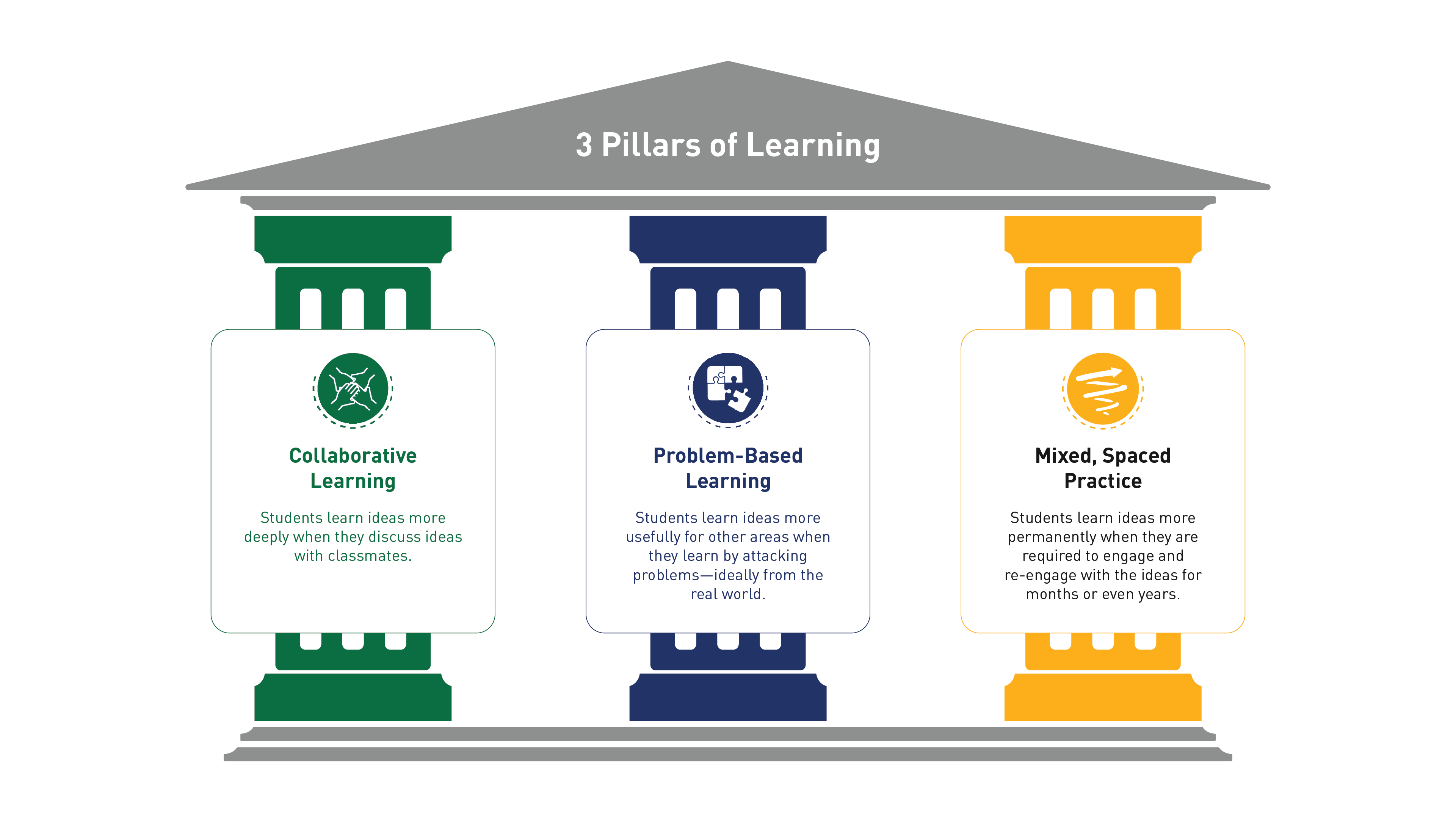CHOOSE CPM
Bring a Math Curriculum Solution to Your 6-12th Grade Students
CPM Educational Program provides both
- team worthy problem-based instructional materials.
- extensive Professional Learning provided by experienced CPM teachers.

- Collaborative Learning: Students learn ideas more deeply when they discuss ideas with classmates.
- Problem-Based Learning: Students learn ideas more usefully for other areas when they learn by attacking problems– ideally from the real world.
- Mixed Space Practice: Students learn ideas more permanently when they are required to engage and re-engage with the ideas for weeks or even months.
*These pillars are reflected in current NCTM standards and research in mathematics education; what we know about their benefits for mathematics learning continues to deepen and expand but not shift.
Read the 2023 CPM Research Base Report (PDF)
Read the 2013 CPM Research Base Report (PDF)
Read the Original CPM Research Base Report (PDF)
Student-Centered, Problem-Based Curriculum
CPM Educational Program, a California non-profit corporation, has provided problem-based instructional materials and professional development for teachers since its inception in 1989. CPM teaching strategies focus on how students best learn and retain mathematics. The research-based principles that guide the course are the following:
- Students should engage in problem-based lessons structured around a core idea.
- Guided by a knowledgeable teacher, students should interact in groups to foster mathematical discourse.
- Practice with concepts and procedures should be spaced over time; that is, mastery comes over time.
CPM Middle School Curriculum Usage
CPM High School Curriculum Usage
Testimonials
Positioning Statements
Independent Reviews
Read the complete EdReports Publisher Commentary for Core Connections, Courses 1-3 (PDF) and CPM’s response.
We invite you to read highlights from Ed Reports.org review of CPM Middle School Core Connections, Courses 1-3 (PDF).
We invite you to read the complete CPM Integrated Series EdReports review.